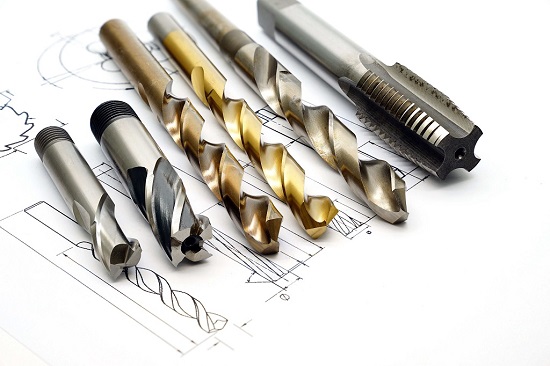
Have you ever spent a sleepless night worrying about the safety of your building site? Disturbed by the thought of precious construction materials or expensive machinery being stolen or your worksite being vandalized? Or maybe you're concerned about monitoring activity to improve your team's productivity? If you nodded yes to any of these, it's time to consider investing in advanced security cameras to protect and manage your construction site.
In today's digital age, security cameras have grown beyond basic functions. They now incorporate innovative technological features that aid in smarter surveillance, reduced risk, and better site management. It's not just about capturing footage anymore; it's about how intelligently and efficiently that footage can be utilized.
This article connects the dots between the need for security cameras in building sites and the cutting-edge features you ought to be aware of before investing in these tech titans. Let's dive in!
Why Add Security Cameras to Your Building Site?
Securing building sites is more critical than ever. Aside from facing potential theft or damage, there are several compelling reasons to invest in high quality building site security cameras. The need for safety and preventive measures, monitoring worker productivity, and ensuring construction quality are some key motives that necessitate the addition of these innovative devices.
What Innovative Features to Look For?
Wondering what sets apart an ordinary security camera from an extraordinary one? It's all in their features! The three leading innovative options to consider are infrared night vision, advanced motion detection, and cloud-based storage.
Benefits And Drawbacks
Even the most promising technology comes with its set of pros and cons. Understanding these will help you make a more informed decision about your investment in security cameras.
The Importance of Warranty and After-Sales Service
Your relationship with your security camera provider shouldn't end at the point of sale. Finding a provider offering a good warranty period and reliable after-sales service can save you from potential headaches down the line.
Revamping Your Security Measures with Smart Tech Integration
In addition to security cameras, including digital locks, remote access controls, and efficient alarm systems in your security measures can provide an amplified safeguard for your property and workers.
Pricing Considerations
While investing in security measures, you need to weigh the features against the cost. Understanding what you need and how much you are willing to pay is a crucial aspect of the decision-making process.
Conclusion
Building site security cameras have transformed from luxury items to critical needs. With advancements in technology, innovative features are continually being introduced to meet these needs more effectively and efficiently. Understanding these features, their benefits, their drawbacks, related costs, and the level of post-sales service available to you will empower you to make the best decision for your construction site. Embrace these digital titans and pave your way to a safer, more efficient, and more productive building site. Every dollar invested in these security measures becomes a step towards peace of mind.
In an era where technology is our greatest ally, why not leverage it to fortify our strengths and address our fears? After all, prevention is better than cure, and a secure building site is the cornerstone of a successful construction project.



